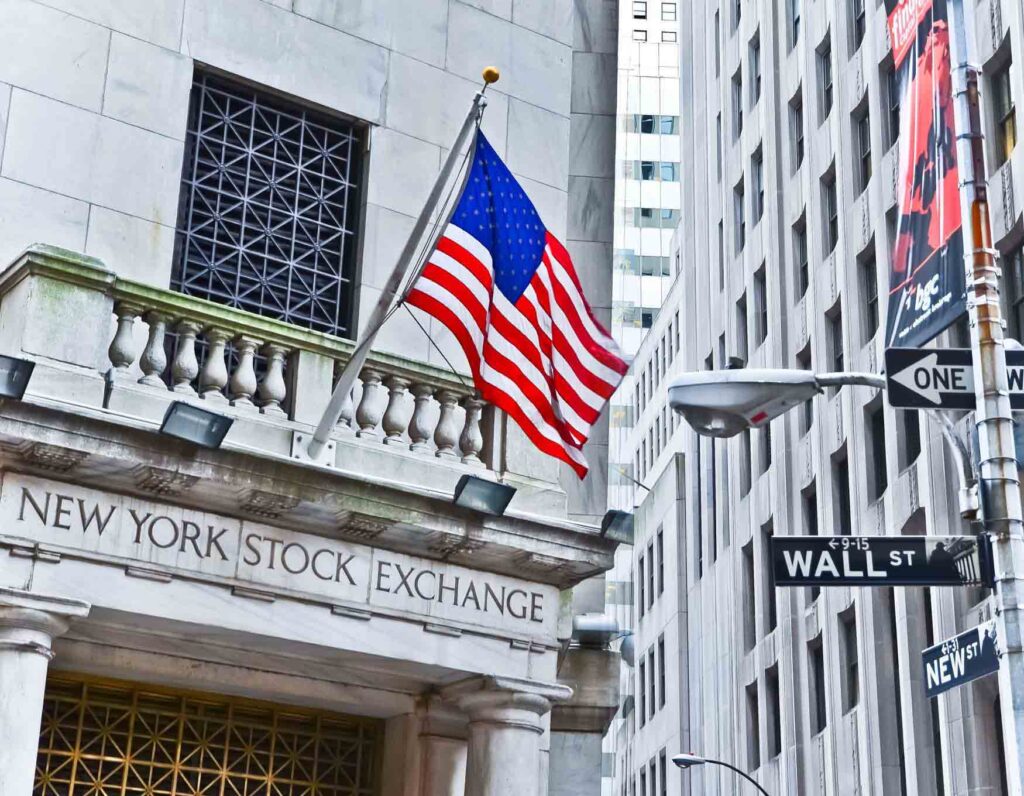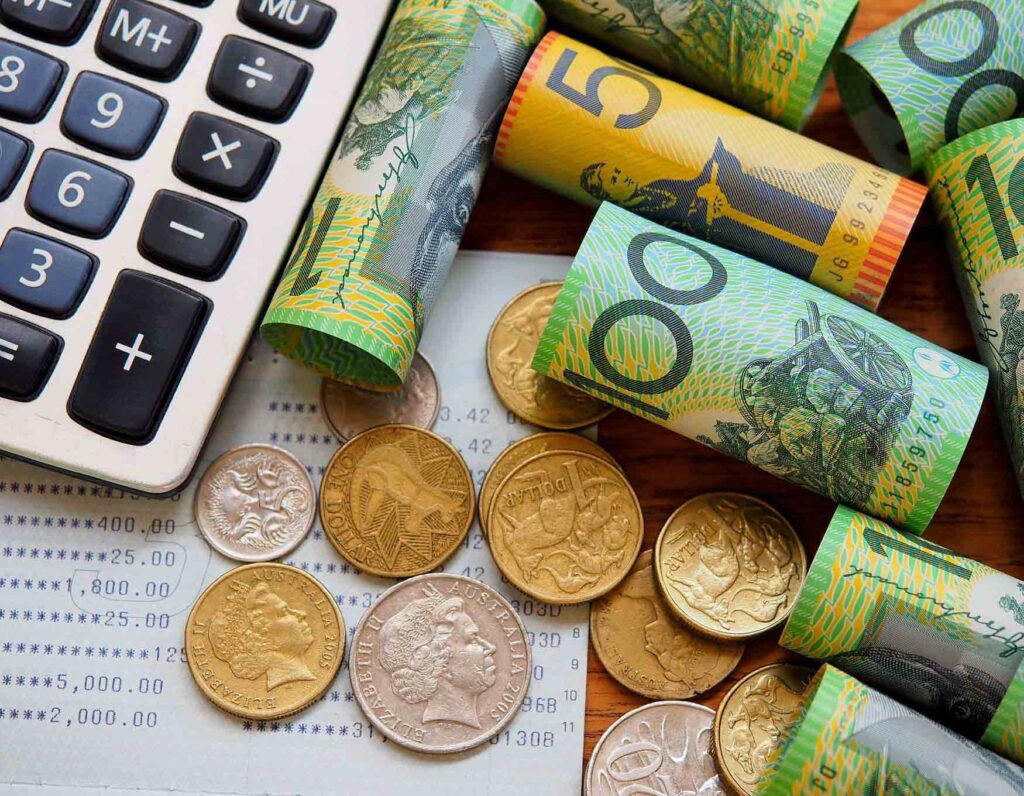Scan this article:
Diversification is one of the most common tips given to beginner investors but what does it really mean and why is it important?
What does diversification mean?
Investing in anything comes with risk. Diversification is a strategy meant to balance risk by spreading your money across various asset classes. Simply put, it’s a matter of not putting all of your eggs in one basket.
If you buy shares in just one company and that company collapses, you might lose the lot. If, however, you spread your money around and put smaller amounts of money into multiple investments with varying degrees of risk, you can help protect your wealth. Your overall portfolio may make money even if individual investments lose some.
How can I diversify my portfolio?
There are a few routes you can take to diversify your investment portfolio.
1. Diversify by asset class
Instead of investing in just one type of investment, you could choose several. Some examples of different asset classes include:
- Equities (also known as stocks) – these can be shares bought in individual companies or funds like ETFs which hold a basket of shares.
- Fixed income – typically government or corporate bonds.
- Short-term cash investments – such as savings accounts and term deposits.
- Gold – this is generally considered a safe haven asset, rising when risk assets such as shares sink.
- Property
2. Diversify by industry
If you invest in multiple asset classes, but those asset classes are in just one industry you might be under-diversified. That’s because if your industry of choice is affected by political or economic turmoil, your entire portfolio might suffer.
Consider for example if your money is spread between a few real estate companies and an investment property. You are technically diversified by asset class but a property crash would hurt every part of your portfolio.
That’s why it can be a good idea to invest in multiple industries whether it is technology, energy, resources, transportation, agriculture, communications or something else. True diversification means making sure you’re not overexposed to any one of these.
Remember you should research a company or industry before you invest in it. Some investors prefer to invest in an index fund like the ASX 200 for example where your money is spread across 200 of Australia’s largest public companies. ETFs in this sense can provide some instant diversification but some can be larger than others.
3. Diversify by geography
Investing both domestically and globally is another way to ensure you have diversification.
Why invest globally? Because if the Australian market experiences a downturn, other countries could continue to grow and vice-versa. Just as some sectors go through ups and downs, so too can nations experience their fair share of economic booms and busts.

Become a part of
our investor community
Why you should join us:
- Join free and invest with no monthly account fees.
- Fund your account in real time with PayID.
- Get investing with brokerage from $2. Other fees may apply for U.S. shares.
Read our latest articles
Make knowledge your superpower and up your skills and know-how with our news, educational tools and resources.






























